HP TopShot LaserJet Pro M275 - Scanning the Third Dimension
HP's TopShot LaserJet Pro M275 is a color laser multifunction printer that handles its scanning function very differently from other MFPs out there; it literally employs a digital camera to capture the items. This makes it useful for 'scanning' 3D objects too. So is it any good? Let's find out.
By HardwareZone Team -
Raising the Bar
Let’s face it: printers (and by extension, multifunctional printers) are hardly the most exciting gadget in the home or office. Most of the time, it’s tucked away at one corner of your work desk, and hooked to your PC by way of a USB cable. Unlike a smartphone or laptop, direct interaction is few and far between. Perhaps the only time you’d cast your eyes on it is when you go up to it to collect the printouts. Yet, no one can deny that this boring product is an extremely important (and for many, indispensable) business tool.
Apart from the efforts to bring down printing costs, printer manufacturers have recently been focusing an awful lot on improving both the form and function of their offerings. Nicer designs, esoteric materials, and touch panels aside, many printers (inkjet ones, especially) now come with memory card slots to make it easier for you to print your own photos. Next comes built-in Wi-Fi connectivity that lets you print from anywhere on the network. And of late, the ability to connect the printer to the Internet so that it can print anything you’ve stored on the ‘cloud’. However, when it comes to the core functions (that is, printing, scanning, and copying), not much has changed, technology and implementation-wise.

The HP TopShot LaserJet Pro M275 is a color laser MFP equipped with an 8MP 'camera'.
But that’s not to say manufacturers are resting on their laurels. Once in a while, we still see printers that break the rules of convention. The Lexmark Genesis S815 inkjet multifunction printer (MFP) is a great example. In short, instead of using a flatbed scanner, it uses a combination of LEDs, a 10-megapixel CMOS sensor, and a lens to photograph the document. The result is super-fast scan speeds not seen in other MFPs.
The HP TopShot LaserJet Pro M275 that we’ve here is a laser MFP that also tries to re-imagine the scanning function - in particular, when it comes to a 3D object. Also missing is your typical CIS-based flatbed scanner; in its place is an 8MP camera that snaps a picture of what you wish to scan or copy. (HP’s implementation is quite different than that of Lexmark, but more on that later.) Besides being a color ‘3D scanner’, the TopShot M275 is also a color laser printer (16ppm black/4ppm color) and copier (16cpm black/4cpm color), with a top resolution of 600 x 600dpi.
Armed with a Camera
The magic of the TopShot M275 lies with its hinged arm, which you raise when you need to scan or copy items. Embedded in this arm are a camera, three LEDs, and a couple of light diffusers. The aspect ratio of the 8MP CMOS sensor is 4:3, similar to the aspect ratio of most compact digital camera sensors. During scanning or copying, the LEDs along the arm will flash in succession to light up the subject from different angles for the camera to capture. These three images, along with three more taken under ambient lighting but with varying exposures, are then used to create a single image.

Raise the camera arm and place the item you wish to scan or copy on the white capture stage. There are alignment ridges along the edges of the surface to help in positioning. Maximum scan size is 216 x 297mm.

The image above shows the positions of the LEDs and camera lens. A total of six images are captured and then merged into a single image.
HP Smart Install
If you're a Windows user, the HP Smart Install feature provides a convenient way for you to install the drivers and software for the TopShot M275. The installation files already reside in the memory of the MFP, what you need to do is to connect it to your PC via a USB cable, and follow the on-screen instructions. The whole installation process took us about 20 minutes. In the event you can't get the HP Smart Install program to work, there's always an installation CD to fall back on. For Mac users, there's a separate CD provided. In the box, you'll also find a disc containing Readiris Pro 12, an optical character recognition (OCR) software.

The HP Smart Install program works only on Windows, but not on Mac. For the latter, use the provided installation disc.
To make full use of the TopShot M275, especially web-connected features like HP ePrint and print apps, it's recommended to hook it up to the network (wired or wireless) that has an Internet connection. HP Web Services on the MFP must also be turned on. HP ePrint basically lets you print from anywhere as long as you've an Internet connection by sending an email to your printer's email address (yes, you read that right; your printer has its own email address). The printer also supports Apple's AirPrint, which lets you print wirelessly from an iOS device running iOS 4.2 or later. Of course, you can also do wireless direct printing from other smartphones or notebooks, and this usually requires an HP ePrint driver or a mobile app. You can find a host of such solutions at the HP Mobile Printing Solutions website.
Print apps on the other hand are little apps that can be downloaded for use on HP Internet-enabled printers. Think of a print app as a shortcut to print content on the Internet directly from the printer, without going though the computer. The library of apps is growing every day. Take for example, if you have a ton of business cards, you can just spread them out on the TopShot M275's capture stage, and use the Shoeboxed Biz Card app to scan them, and export them to your Outlook contact list. Or, you could scan a document, and use the eStorage Google Docs app to upload it to your Google Docs account.
Recently, many printer makers have also jumped into the mobile printing and Web-enabled printer bandwagons; but in our opinion, HP is doing the most decent and comprehensive job thus far.
Body Elements
Before we look into the performance of the TopShot M275, here are some other aspects of the MFP worth mentioning.

Other than the power button, HP has gone with full touch controls on the TopShot M275, by way of the tilting 3.5-inch color touchscreen on the left of the device.

Below the capture stage is the toner cartridge compartment. If the cartridge at the opening isn't the one that you want to replace, you can go to the home screen of the control panel, navigate to the Supplies menu, and select Cartridge Rotate to turn the cartridge carousel.

The input tray at the front accepts up to 150 sheets of paper. In this picture, you can also see the power button at the bottom right corner.

For wired connectivity, the TopShot M275 supports USB 2.0 and Fast Ethernet 10/100Base-TX. If you prefer to go wireless, the MFP also plays nice with Wi-Fi 802.11b/g/n networks out of the box.
Costs of Supplies
The TopShot M275 comes bundled with 'introductory' 500-page toner cartridges for each of the four colors (cyan, magenta, yellow, and black). Below is a table showing the costs of the replacement consumables.
Supplies | Est. Page Yield | Price |
HP 126A Black LaserJet Toner Cartridge (CE310A) | 1,200 pages | S$75 |
HP 126A Cyan LaserJet Toner Cartridge (CE311A) | 1,000 pages | S$80 |
HP 126A Yellow LaserJet Toner Cartridge (CE312A) | 1,000 pages | S$80 |
HP 126A Magenta LaserJet Toner Cartridge (CE313A) | 1,000 pages | S$80 |
HP 126A LaserJet Imaging Drum (CE314A) | 7,000 pages (color) / 14,000 pages (B&W) | S$116 |
How We Test
Here at HardwareZone.com, we perform a variety of tests to evaluate a printer's print speed and print quality. Our test suite mimics what and how an average person would print in the real world. For MFPs, we conduct additional copy and scan tests. Also, we only use the manufacturer's recommended consumables. Here is a list of tests we put an MFP through:

Examples of the documents we use in our tests.
Print Speed Test
For black-and-white print speed test, we use an all-text document consisting of various fonts at different sizes. For color-capable machines, we also use a document consisting of black text and colored graphics. Timing starts upon job initiation and stops when the last page drops on the output tray. For pages-per-minute (PPM) conversion, we use the saturated print rate; that is, we omit the time to print the first page. Auto duplex (two-sided) print timings are recorded if the printer supports it. Normal quality setting (or equivalent) in the driver software is selected if the default isn't already at this setting.
Copy Speed Test
For MFPs that have an automatic document feeder (ADF), we also test how fast a 10-page document is copied. Again, timing starts upon job initiation and stops when the last page drops on the output tray. For MFPs that don't have the luxury of an ADF, we use a single-page document and duplicate it 10 times. Timing starts upon job initiation and stops when the last page drops on the output tray. For copies-per-minute (CPM) conversion, we omit the time to copy the first page. As usual, we use the printer's Normal quality setting.
Scan Speed Test
For scanning, we time how long it takes to scan a single-page document from the flatbed scanner to the PC (into either JPEG or PDF format), using the manufacturer's software. In the presence of an ADF, we'd conduct another test using a 10-page document. Various scan resolutions are used, starting from 300 dpi. Timing starts upon job initiation and stops when the files are ready.
Photo Print Speed Test
If the printer is able to print photos (especially for inkjet printers), we'd time how long it takes to print the popular PhotoDisc target image. A separate monochrome image is also used. The paper type setting in the driver is adjusted to reflect the type of photo paper being fed. Timing starts upon drawing of paper and stops when the printout lands on the output tray. Typically, borderless photos are printed in two sizes: 4R (4 x 6-inch) and A4 (8.3 × 11.7-inch).
Quality Evaluation
Armed with all the printouts from the tests above, we'd spend some time evaluating their qualities. Two tools are indispensable at this time: a calibrated monitor (for photo and scan quality evaluation), and a good magnifying glass (because some fonts are printed at very small sizes).
Speed Test
The TopShot M275 has print speeds of 16 pages-per-minute (PPM) for black-and-white, and 4ppm for color. These turned out to be true according to our tests. On average, we got the first page printed in 16.6 seconds for B&W, and 29 seconds for color. The color printing speed is effectively four times as long as the mono printing speed as the the printer uses a four-pass method for color printing. Typically, multi-pass color laser printing is used in entry-level models to keep the cost down. Looking at the price of the TopShot M275, this somewhat came as a surprise to us.
The MFP does not come with an auto duplexing unit, so two-sided printing or copying has to be carried out manually. This usually involves removing the printed copy from the output tray, rotating it, and putting it back (with the printed side down) into the input tray.

Since the TopShot M275 doesn't possess an automatic document feeder (ADF), you'd need to manually place the next page of the document on the capture stage during a multi-page copy or scan job. True to HP's claims, we achieved duplication speeds of 16 copies-per-minute (CPM) for B&W, and 4cpm for color. On average, first-page-out timings were 31.3 seconds (B&W), and 49.7 seconds (color).
(*Note: Our PPM/CPM calculations are based on timings when the printer is printing at its full pace. In other words, we omit the time that it takes to print the first page.)

The implementation difference between HP's TopShot and Lexmark's Flash Scan also gives rise to different benefits that are unique to each machine. While the latter focuses on giving users a fast scanning speed (preview is near-instant too), the former seeks to address the problems of those who want to scan 3D objects. We found that the TopShot M275's scanning speed is in the ballpark of most CIS-based flatbed scanners, in which the scanning array has to move across the image. A non-color scan was typically completed in under 25 seconds, and a color scan in under 35 seconds.

In a nutshell, the TopShot M275 is a fast laser printer when it comes to B&W printing, but not so when it comes to color due to its multi-pass implementation. This is something to keep in mind if you print a lot in color. In the market, it's not difficult to find a comparably priced laser or LED printer that prints faster in color; two examples are the S$748 Brother DCP-9010CN (16ppm black and color), and the S$649 Fuji Xerox CM205fw (15ppm black/12ppm color). Of course, print speed is just part of the equation in determining the worth of an MFP. How's the print quality of the TopShot M275 then? Does the TopShot technology give us better quality scans? These are the questions we'll answer in the following pages.
Print & Copy Quality
Below are crops of the HP TopShot M275's document and photo print and copy outputs. The font shown in the crops is Arial at size 12.
Text Print Quality | Text Copy Quality |
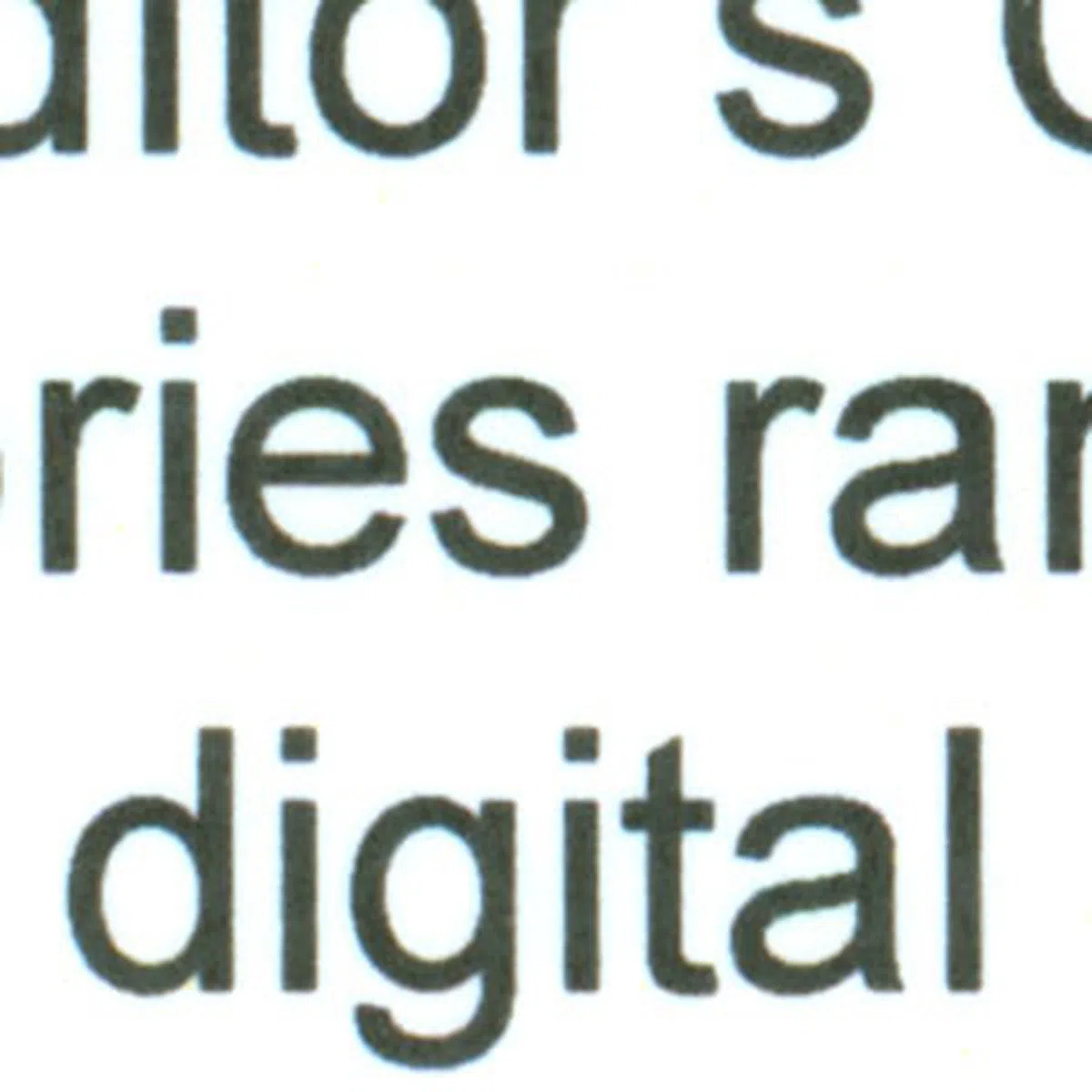 | 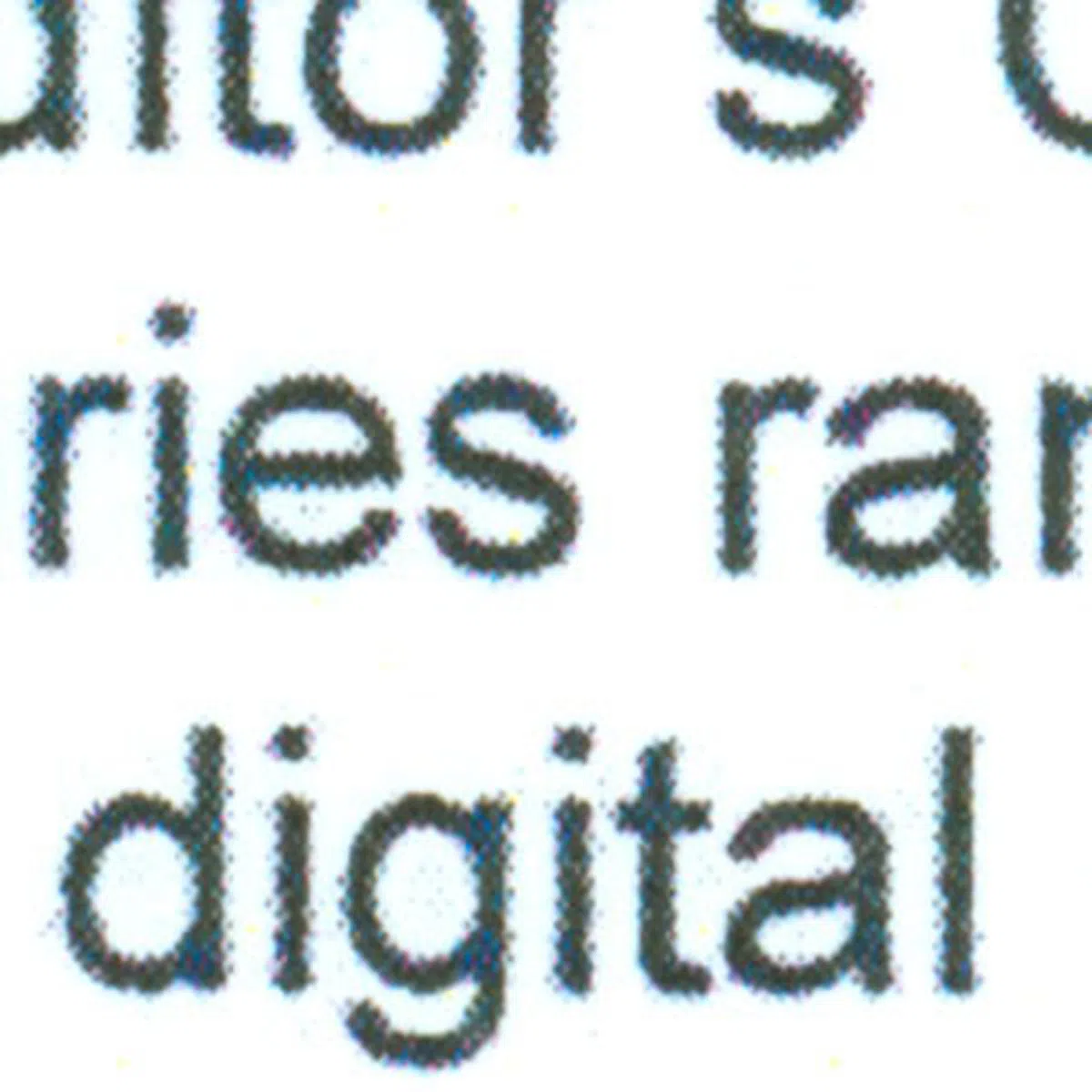 |
Photo Print Quality | Photo Copy Quality |
 | 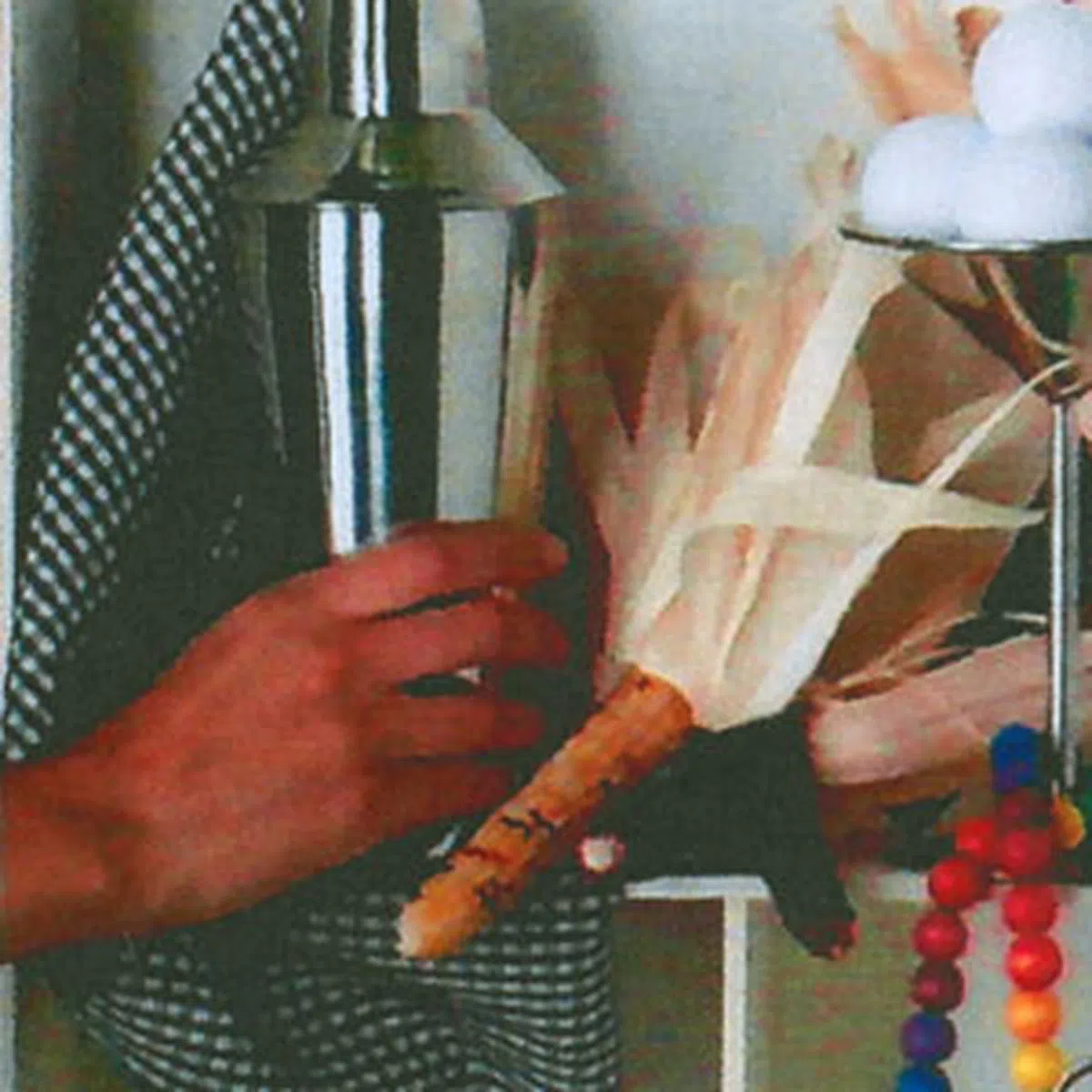 |
Overall, text showed good sharpness with very deep blacks. Well-defined text body is the main reason why people buy a laser (or LED) printer; in this regard, the TopShot M275 doesn't disappoint. At an arm's length, the copied version didn't look too shabby either. But upon closer inspection, the rough edges were obvious. Is the quality better than a CIS-based scanner? No, but it's not any worse either.
Surprisingly, the TopShot M275 prints photos on plain paper pretty well. Color were fairly accurately represented. It's not inkjet-quality (we could spot some print lines) for sure, but it's easily good enough for most graphics found in business documents. The copied version displayed a discernible drop in sharpness and exhibited some false colors.
A Closer Look at TopShot Scanning
The crowning feature of the TopShot M275 is its TopShot scanning technology, which utilizes an 8MP camera for 2D document and 3D object scanning. You could also scan directly to email addresses and network folders without going through a PC. As mentioned earlier, since the camera is mounted on an arm and overlooking the subject, what it does is to take a series of photos of the subject (with and without flash), process them internally, and combine them to create a single best-of image. This method differs from a traditional scanner where a scanning array moves across the subject in a single pass to scan it. And there's no scanner lid to content with for the TopShot M275 - just place your document or 3D object on the white capture stage.
Now here's a tip from us: Since there isn't a lid to press down on the document, it's important that the paper lies flat and not curled on the capture stage to prevent any distortion.
Document Scanning
In short, the TopShot M275 did a decent job scanning our reference photo. It even corrected the white balance for us. Upon closer inspection, we also noticed some banding at the dark areas. Strangely, there was some color noise too (see the darker toned baby in the second crop below). For those interested, here's the 300dpi scan.

HP Scan is used for scanning of documents, photos, and 3D objects to the computer.
Photo Scan Crop 1 | Photo Scan Crop 2 |
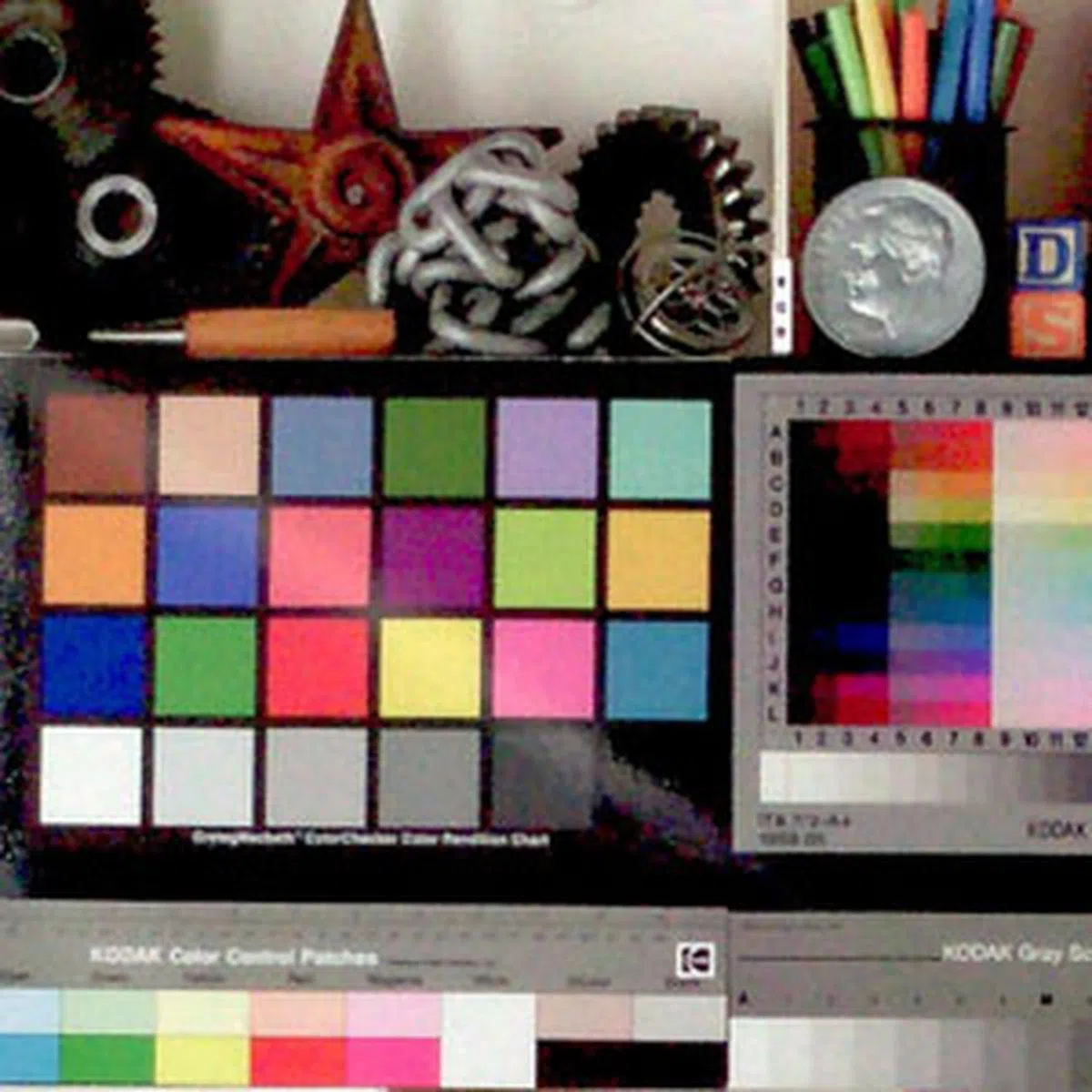 |  |
3D Object Scanning
Without a doubt, the biggest draw of the Topshot scanning is its promise to produce 3D object scans that are virtually glare-free, shadow-free, and which possess better depth-of-focus than images from a flatbed scanner. How true are these claims?
3D Scan using TopShot M275 | 3D Scan using Normal Flatbed Scanner |
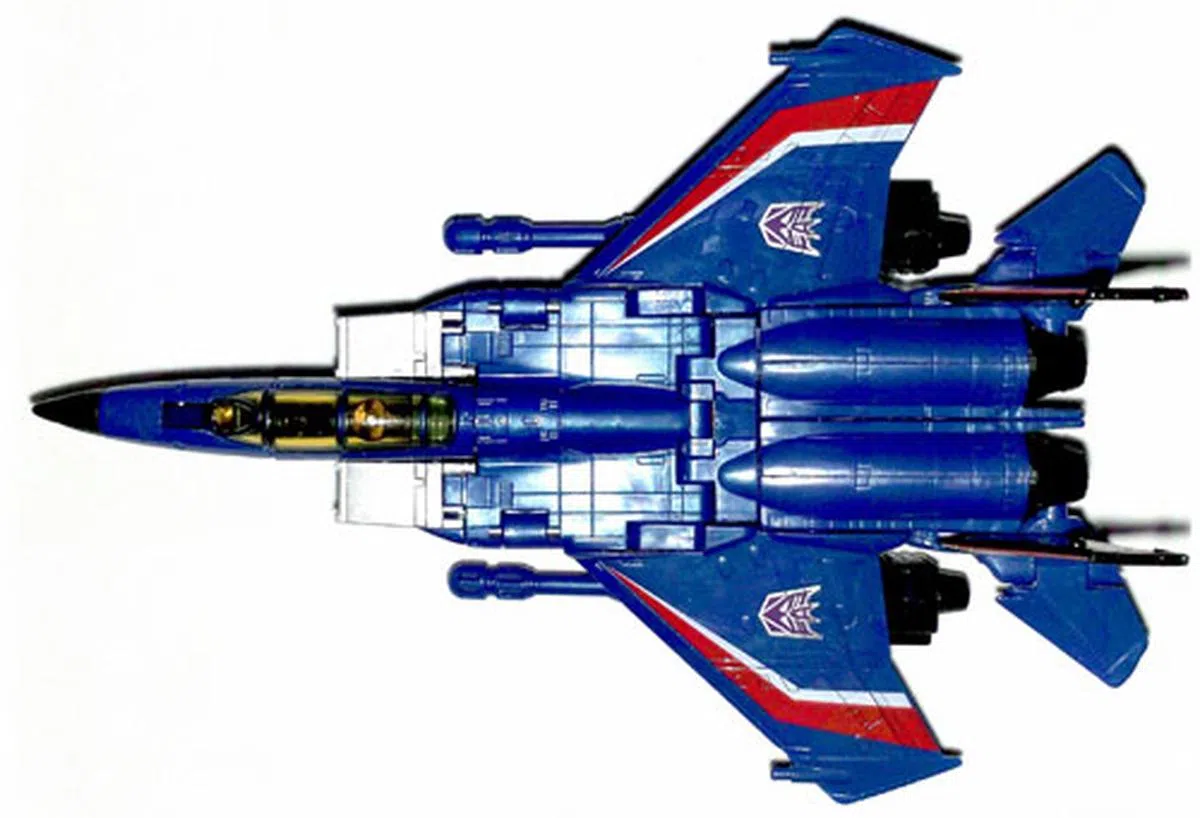 | 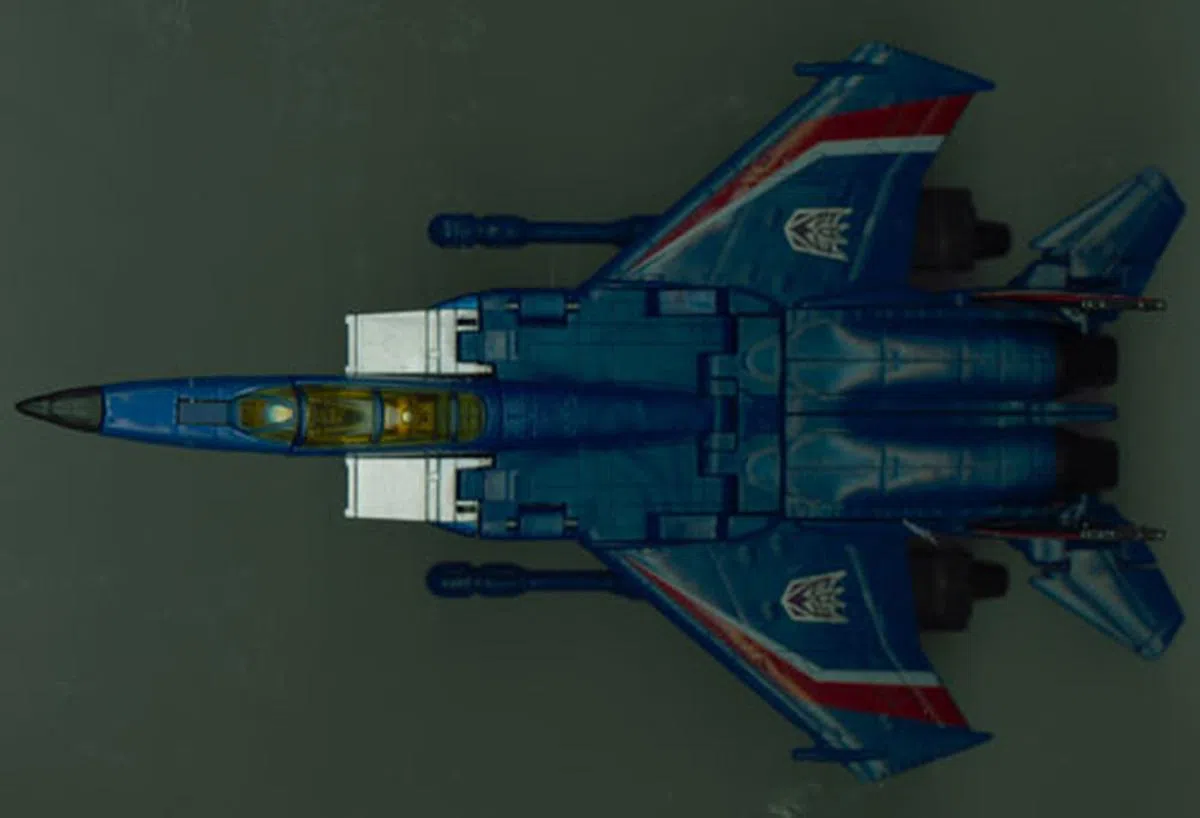 |

Here's a sharp image with vivid colors. A completely glare- and shadow-free image is perhaps impossible, but it's close enough.

When the object is too big and tall, like the bear here, you run the risk of overexposing certain parts of the image due to the close proximity of the subject to the LED flashes.
Well, as you can see from the examples above, the TopShot M275 is indeed capable of very nice captures of 3D objects. Due to the fixed positions of the camera lens and LEDs, we found that shifting the position or angle of the subject slightly can at times help to reduce the glares and shadows. For best results, keep the height of the object under 10cm. The HP Scan software also allows you to eliminate the background from the scan (that is, a transparent background), which is useful if you wish to overlay the image on another image. If there are multiple objects, you can scan them at one go, and later crop them out and save them as individual images.

You can do basic image adjustments like brightness and contrast. You can also crop parts of the image and save each of them as individual elements.
To summarize our two pages of quality observations from prints and scans, we've got a score sheet breakdown to guide you:-
Criteria | Score (Out of 10) |
Print Quality (Text) | 8.0 |
Print Quality (Graphics) | 8.0 |
Scan Quality (Document) | 7.5 |
Scan Quality (3D Object) | 8.5 |
3D Scanning, 2D Printing
So, is the TopShot M275 worth the S$729 price tag that HP has slapped on it?
First, let’s start from the basics. The TopShot M275 is a 3-in-1 color laser MFP that does print, scan, and copy. It’s equipped with a 600MHz processor, 128MB RAM (standard), a 150-sheet paper input tray, and it supports both wired and wireless LAN connections. However, it doesn’t do fax, and lacks an ADF. The latter especially can be a deal-breaker for those who always copy or scan multi-page documents.
From setup to printing, the overall experience was pleasant. The HP Smart Install is a neat touch; if only HP can get it to work on the Mac as well. As far as laser printers go, the 13.5kg TopShot M275 is fairly compact (in part due to its lack of an ADF and auto duplexing unit), and we had no issues making space for it on our already messy work desk. Then again, with Wi-Fi support, you can literally chuck it anywhere in the room. The generous 3.5-inch color touchscreen and the touch controls flanking it also proved to be easy to use and responsive.

Performance-wise, the output quality is in line with we’ve come to expect from a laser printer: text was full-bodied and crisp. Graphics also turned out well for the most part. Sure, it’s not publishing quality, but we really can’t see business users having any misgivings about the print quality. True to its specs, B&W printing speed was measured to be 16ppm. The only knock is that it prints 4ppm in color. As we mentioned earlier in the review, if you only care about print speeds, there are always faster printers to be had in the same price range.
But the TopShot M275 has something that sets it apart from the other MFPs, and that’s its TopShot scanning feature. Before you jump in joy thinking that you're getting a professional 3D scanner on the cheap, let's clarify that the TopShot M275 isn't a typical 3D scanner that uses a laser or time-of-flight method to convert physical objects into digital 3D data. Thus, you also won't be getting data to input into your CAD software. Put simply, the TopShot M275 relies on an 8MP camera fixed onto an arm to take snapshots of the document. And since the camera overlooks the object from above, ‘scanning’ a 3D object is a piece of cake too. Straight after scanning, you can save the image, email it, or upload it to a website. It goes without saying that if you’ve a blog shop or are always selling off items at auction sites like eBay or our very own Market Place, the TopShot M275 will make your life so much easier. While a flatbed scanner can often do a respectable job scanning small items like necklaces or coins, it’s difficult to achieve good results with bigger, more unevenly shaped items like toys and figurines.
Some of you may ask, "Can't I just get a normal MFP and a digital camera and achieve the same thing?" Well, if you were to consider that a typical color laser MFP such as the USB-only HP M175a costs about S$500, and that a decent compact digital camera costs about S$200, the total cost of around S$700 would be in the ballpark of the TopShot M275. But since the latter has integrated the photo capture function, you need not worry about things like if your photography skills are up to it, and whether you've the proper lighting to ensure that there are no shadows. While the images taken by the TopShot’s camera aren’t perfect, we found them to be good enough most of the time. Both glares and shadows were kept to a minimum. Of course, some objects work better than others; just don’t expect picture perfection with shiny, mirroring objects.
If you don’t see yourself scanning 3D objects, that’s one less strong reason to buy the TopShot M275. But if you're always taking photographs of small objects to post online or email to clients, and you lament the poor quality of the photos, and are looking for something that can produce good results consistently, then the TopShot M275 may just be the niche product that's designed for you.
Our articles may contain affiliate links. If you buy through these links, we may earn a small commission.